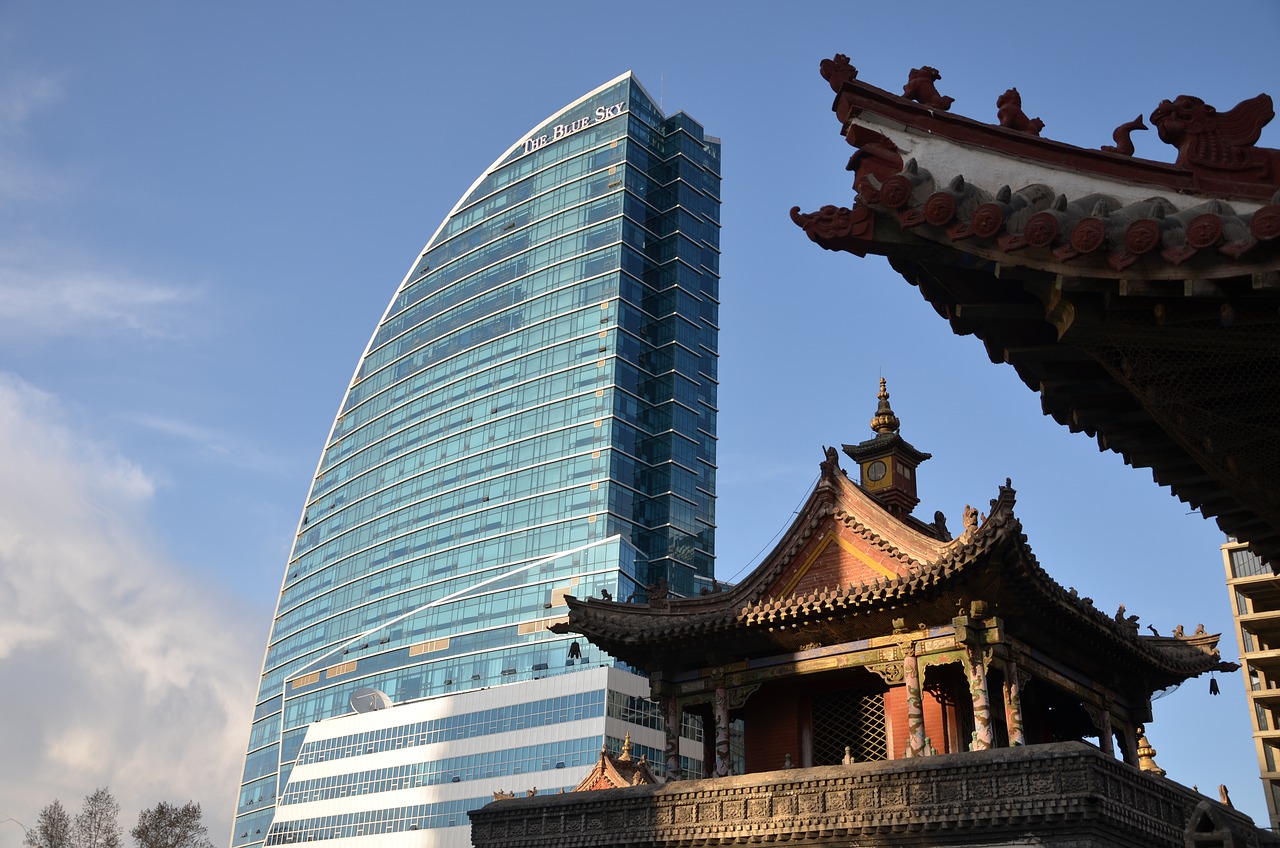

Mongolia is leveraged to mineral exports and exposed to the commodities boom.
It also holds lower-cost brine lithium reserves currently under exploration, which will see massive demand growth powered by EVs and green spending.
As global competition for resources grows, Mongolia is well positioned for integration into the China-centric tech supply chain.
Mongolia Is Leveraged to the Global Commodities Boom
The IMF classes Mongolia as resource rich, and the country has recently begun to exploit its metal deposits and mineral wealth. Mining accounts for around 20% of GDP and mineral exports have become the main driver of external revenue, comprising 93% of total exports (Chart 1). With global commodities now booming, Mongolia’s resource-rich economy is leveraged for a boost.
This article is only available to Macro Hive subscribers. Sign-up to receive world-class macro analysis with a daily curated newsletter, podcast, original content from award-winning researchers, cross market strategy, equity insights, trade ideas, crypto flow frameworks, academic paper summaries, explanation and analysis of market-moving events, community investor chat room, and more.
Summary
- Mongolia is leveraged to mineral exports and exposed to the commodities boom.
- It also holds lower-cost brine lithium reserves currently under exploration, which will see massive demand growth powered by EVs and green spending.
- As global competition for resources grows, Mongolia is well positioned for integration into the China-centric tech supply chain.
Mongolia Is Leveraged to the Global Commodities Boom
The IMF classes Mongolia as resource rich, and the country has recently begun to exploit its metal deposits and mineral wealth. Mining accounts for around 20% of GDP and mineral exports have become the main driver of external revenue, comprising 93% of total exports (Chart 1). With global commodities now booming, Mongolia’s resource-rich economy is leveraged for a boost.
Possibly Rich in Lithium, Mongolia Could Also Benefit From the Green Transition
The global green transition and the electric vehicles (EVs) boom has lithium in high demand. The metal is a key component in batteries, with demand set to double from 2020 to 2025 and continue to see a strong secular growth trend (Charts 2 & 3).
Securing lithium supplies has become a priority for EV makers, sparking a global race to discover and bring the ores to market. This race has led to total known global resources almost doubling between 2016 and 2020 (Chart 4).
While Mongolia is not yet producing lithium, initial exploration in 2019 revealed 203KT of confirmed reserves. Further exploration should continue, with the potential to unearth more. Preliminary testing has shown the lithium is well suited for production. It has average parts per million (ppm) of 426, safely within the resource grade of 300-1,00ppm. Also important is the deposit type: brine, not hard rock. Although it requires favourable sunlight and wind conditions, brine mining is cheaper than hard rock extraction (Chart 5). So far, brine deposits have only been found in the Lithium Triangle in South America, with most lithium reserves currently in Latam and Australia (Chart 6).
With Huge Domestic Battery Demand, China Could Incorporate Mongolia Into Its EV Supply Chain
Spurred by Covid, the US, China and Europe are increasingly regionalizing key technology supply chains to secure self-sufficiency. Yet China has been by far the early investor in electric battery technology and is now at the centre of the most mature and sophisticated EV supply chain ecosystem in the world. It has the largest domestic battery demand (72GWh) and controls 80% of the world’s raw material refining, 77% of the world’s cell capacity, and 60% of the world’s component manufacturing (Chart 7). Europe and the US, meanwhile, lag China’s manufacturing capability – despite strong policy incentives particularly in Europe to build an internal EV supply chain.
EV penetration will likely continue to rise given strong policy incentives and the depth of the market. Even outside of Asia, Asian players should make formidable competitors based on cost savings from their economies of scale.
With this backdrop, Mongolia is in a prime position to be absorbed into the Sino-centric supply chain. Most of its mineral-rich deposits lie in the Gobi Desert in Southern Mongolia, contiguous with China. China accounts for more than 70% of Mongolia’s exports, the vast majority of which are raw minerals (Chart 8). Mongolia has historical ties with China and is a target of China’s Belt and Road Initiative. And the planned China-Mongolia-Russia Economic Corridor focuses on infrastructure development linking the three countries. From this perspective, Mongolia’s economic integration with its southern neighbour can only grow.
Supportive Policy Will Draw FDI, But Inevitable EM-Type Risks Exist
Mongolian authorities are all for foreign investment in mining. The country passed expanded mining and investment legal frameworks in 2014, opening additional land to development and stabilizing the tax regime for investors. And the administrative and policy environment will likely remain supportive for FDI into the sector.
In particular, Canadian mining companies have gained a strong presence in the country. The junior miner ION Energy of Canada has licensed the most well-known lithium project in Mongolia, located within 50km of the Chinese border, and is exploring two prospective lithium deposits.
But Mongolia is an emerging economy within the first two decades of transitioning to a market economy. Consequently, typical EM-type risks exist including corruption, an unclear tax framework, and deficient legal protections (Chart 9, Table 1). While the government has addressed some of these concerns to attract investment, the overall institutional environment is weak.
Conclusion
Despite the risks, FDI into Mongolia’s mining sector should continue to grow, driving development for the wider economy. Its mineral exports should continue to increase and be absorbed by China. And China will absorb lithium production as well, should Mongolia bring it to market successfully. This could see the country integrated into the Sino-centric EV ecosystem as a politically friendly sourcing environment for a key raw material. Mongolian assets should closely track industrial mineral prices and will see greater correlation with Chinese industrial activity over time.